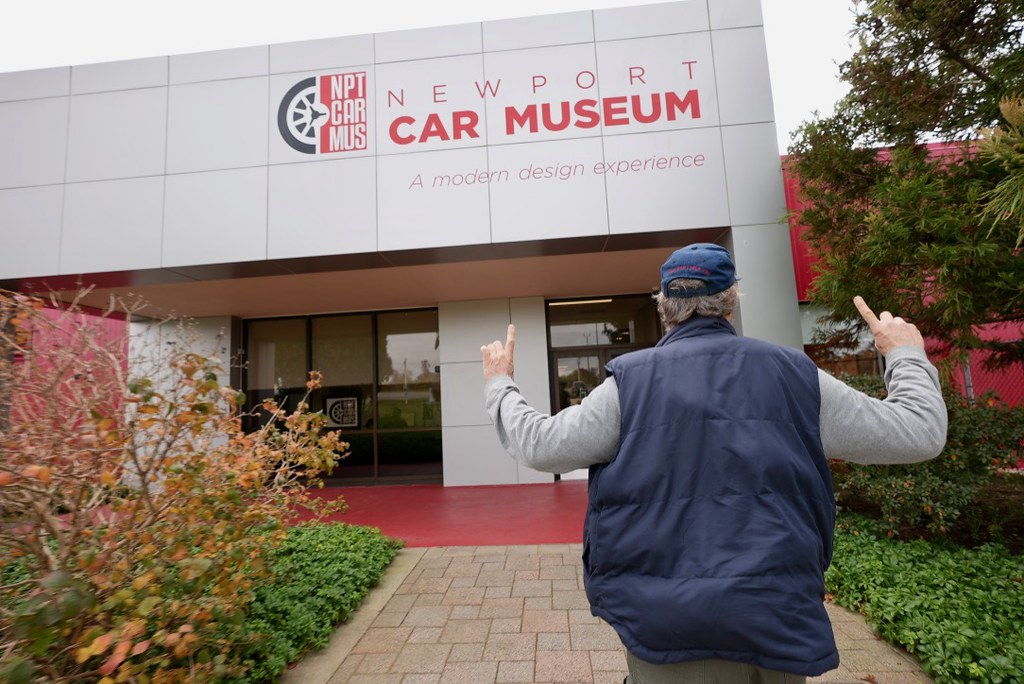
Walking onto a new car lot today feels a whole lot different than it did a decade ago. The sticker shock isn’t just for the luxury SUVs or entry-level electric vehicles; it’s become a universal baseline across the market. This isn’t merely an observation; it’s a reflection of a significant shift in the automotive landscape that directly impacts every potential buyer.
For the first time in history, the average selling price of a new car has now eclipsed $50,000, according to Kelley Blue Book. This milestone, specifically reaching $50,080 in September, represents a new financial reality for American consumers. Understanding what drives these prices and what they truly mean for your budget is more crucial than ever.
In this in-depth guide, we will unpack the factors contributing to these record-high prices and meticulously detail the actual monthly and annual expenses associated with owning a new vehicle today. Our aim is to provide clear, data-driven insights to help you navigate this challenging market with confidence and make informed purchasing decisions.
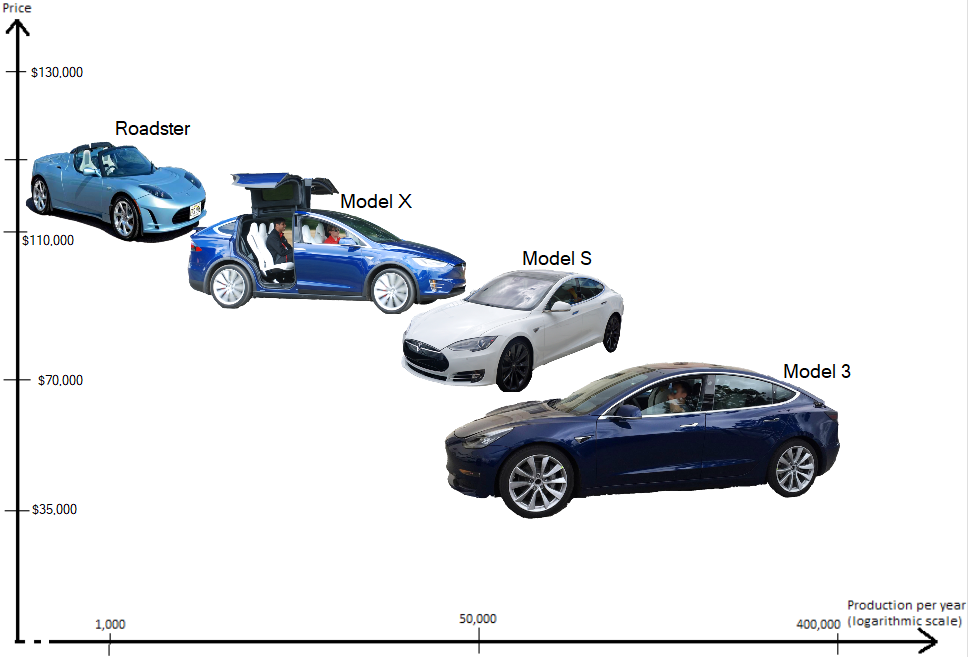
1. **The Milestone: Average New Car Price Hits $50,000**
September marked an unprecedented moment in automotive history, as the average transaction price (ATP) for a new vehicle soared past the $50,000 mark. Kelley Blue Book reported this significant milestone, with the ATP reaching $50,080. This figure represents the first time ever that the average cost of a new passenger vehicle has exceeded this threshold, sending ripples of sticker shock through the consumer market.
This isn’t a minor fluctuation; it signifies a consistent upward trend that has been accelerating in recent months. The ATP last month was up 2.1% from August, and notably, it was higher year over year by 3.6%. This annual gain in September was the largest increase recorded since the spring of 2023, underscoring the rapid pace at which prices are climbing.
Just five years ago, the average price for a new vehicle in the U.S. hovered around the $40,000 mark. The journey from $40,000 to over $50,000 highlights a dramatic shift, especially when considering the significant price run-up observed in the post-COVID recovery market. Despite these all-time high prices, the market continues to see robust sales, indicating a complex dynamic at play.
While new-car prices typically exhibit a slight rise in early fall as new model year vehicles arrive on dealer lots, the increases observed recently have been exacerbated by several distinct factors. These influences have collectively propelled the average transaction price into uncharted territory, making it essential for consumers to understand the underlying mechanics.
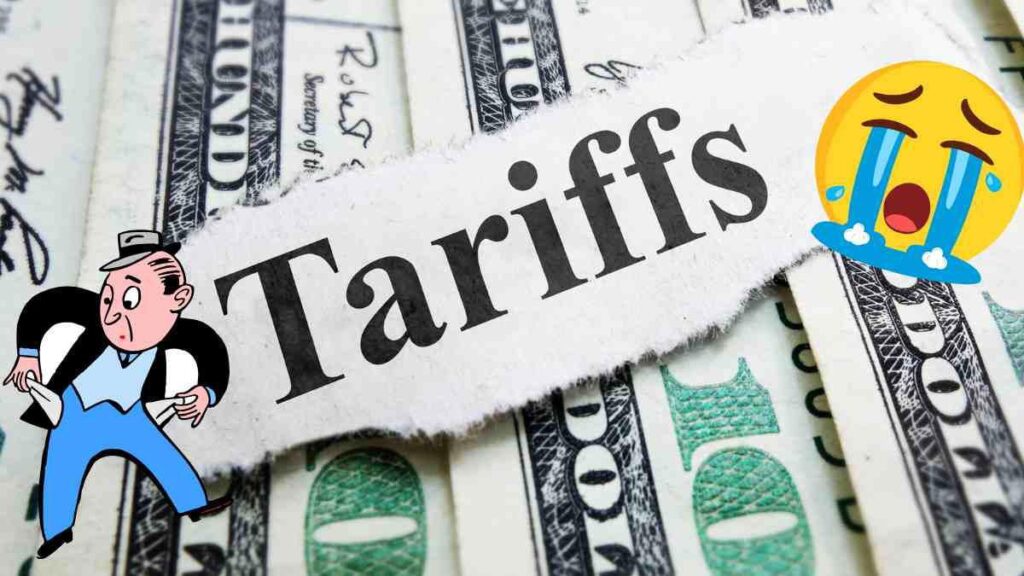
2. **Factors Fueling the Price Surge (Tariffs, EVs, Luxury Sales)**
The ascent to the $50,000 average price point is not attributable to a single cause but rather a confluence of powerful economic and market forces. Among the primary drivers are the impact of tariffs on manufacturing costs, a surge in electric vehicle (EV) sales, and the robust demand for luxury vehicles. Each of these elements contributes significantly to the overall inflation observed in the new car market.
Tariffs, in particular, have introduced substantial new cost pressure to the automotive business. President Donald Trump imposed a 25% base tariff on vehicles built outside the U.S. earlier this year, a policy that S&P Global warned could create risk for production stalls and increased consumer costs. Automakers initially tried to resist raising prices, hoping that trade negotiations might mitigate the levies, but as tariffs became locked in, brands have been forced to pass along these soaring manufacturing costs directly to the consumer.
This passing of costs has a tangible effect on car prices across the board. Kelley Blue Book reported that these tariffs could raise car prices by up to $6,000 for vehicles under $40,000. Erin Keating, an executive analyst for Cox Automotive, affirmed that tariffs have “introduced new cost pressure” to the automotive industry, undeniably playing a role in these price increases and contributing to even the most affordable makes and models selling for prices that compel potential buyers to look towards the used market.
Beyond tariffs, the market has been significantly influenced by the rush to acquire electric vehicles and the consistent demand from the luxury segment. These factors, alongside the tariffs, paint a clear picture of why new car prices have reached unprecedented levels. Understanding this multifaceted environment is key for anyone considering a new vehicle purchase.
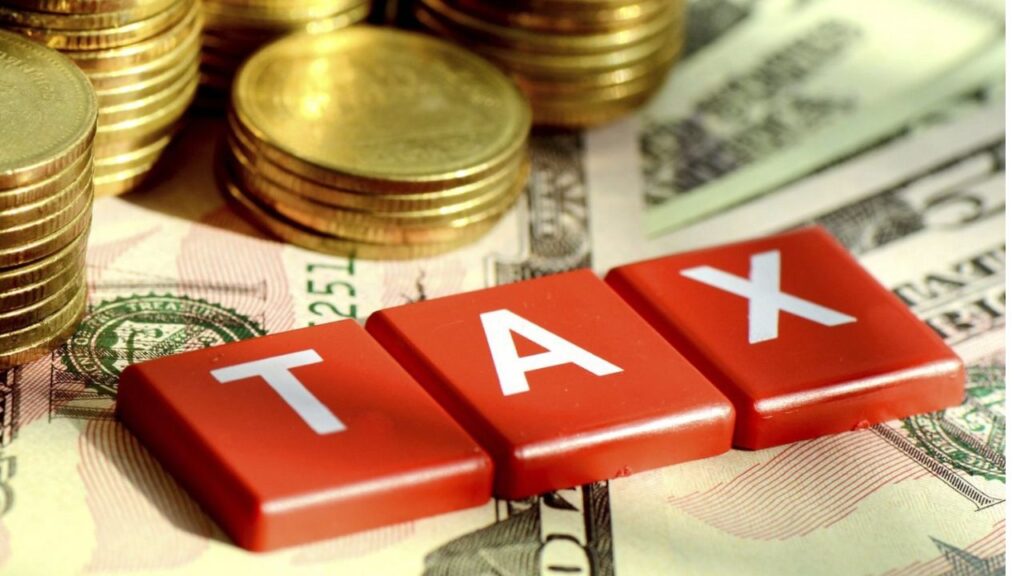
3. **The EV Tax Credit Rush and Its Impact on Prices**
The federal EV tax credit played a pivotal role in shaping recent price trends and sales volumes. As the $7,500 federal tax credit for electric vehicles approached its expiration on September 30, a significant influx of shoppers entered the market, eager to finalize deals and take advantage of the incentive. This urgency created a surge in demand that directly impacted average transaction prices.
The third quarter of this year saw a record 437,487 EVs sold, marking a nearly 30% increase compared to a year ago. These record sales highlight the immediate effect of the expiring incentive on consumer behavior. The average sale price for an electric vehicle during this period was $58,124, which is notably higher than the overall new car ATP, thereby contributing to the upward pressure on the aggregate average.
In September, electric vehicles’ share of the U.S. market reached a record high of 11.6%, according to Kelley Blue Book. This significant penetration of higher-priced EVs into the overall sales mix naturally pushed the average transaction price for all new vehicles higher. The enthusiasm for EVs, fueled by the impending credit expiration, became a major contributor to the $50,000 milestone.
However, the future outlook for EV prices might see some adjustments. Brian Moody, executive editor for Kelley Blue Book, suggests that with the $7,500 incentive now gone, “it’s possible that electric vehicle sales will drop off somewhat and the average transaction price may dip below $50,000 in the later part of the year.” While automakers are rolling out their own hefty incentives, the immediate impact of the federal credit’s sunset is a key development to watch.
Read more about: Beyond the Hype: Unpacking 15 Infamous Rides That Earned a ‘Jerk Car’ Reputation Among Enthusiasts

4. **Luxury Vehicles: Sustained Sales and Market Influence**
Even as average car prices soar, the higher end of the automotive market continues to demonstrate remarkable resilience and robust sales. Luxury vehicle sales are not slowing down; in fact, they are a significant force driving the overall average transaction price upwards. This segment is characterized by consumers who are less sensitive to price increases and have different purchasing priorities.
According to Kelley Blue Book, the average transaction prices were “likely” pushed up by a “rich mix of luxury vehicles and expensive EV models.” This indicates that the sustained demand for premium cars, which naturally command higher prices, has a disproportionate effect on the overall market average. When more expensive vehicles constitute a larger share of total sales, the average rises accordingly.
More than 60 new car models carried average transaction prices above $75,000, accounting for a notable 7.4% of total sales last month. For instance, Jaguar Land Rover-owner Tata recorded the highest average transaction price among automakers at $102,096, followed by Mercedes at $75,700 and BMW at $69,924. This trend underscores the enduring appeal and financial capacity of buyers in the luxury segment.
Erin Keating of Cox Automotive provides insight into this phenomenon, stating, “Today’s auto market is being driven by wealthier households who have access to capital, good loan rates, and are propping up the higher end of the market.” She further elaborated that the “pricing story in September was mostly driven by the healthy mix of EVs and higher-end vehicles pushing the new-vehicle ATP into uncharted territory.” For these buyers, affordability is often secondary to factors like advanced technology, distinctive style, and superior performance.
Read more about: 14 Top-Rated Vehicles: Your Guide to the Most Reliable Cars with Unbeatable Low Maintenance Costs
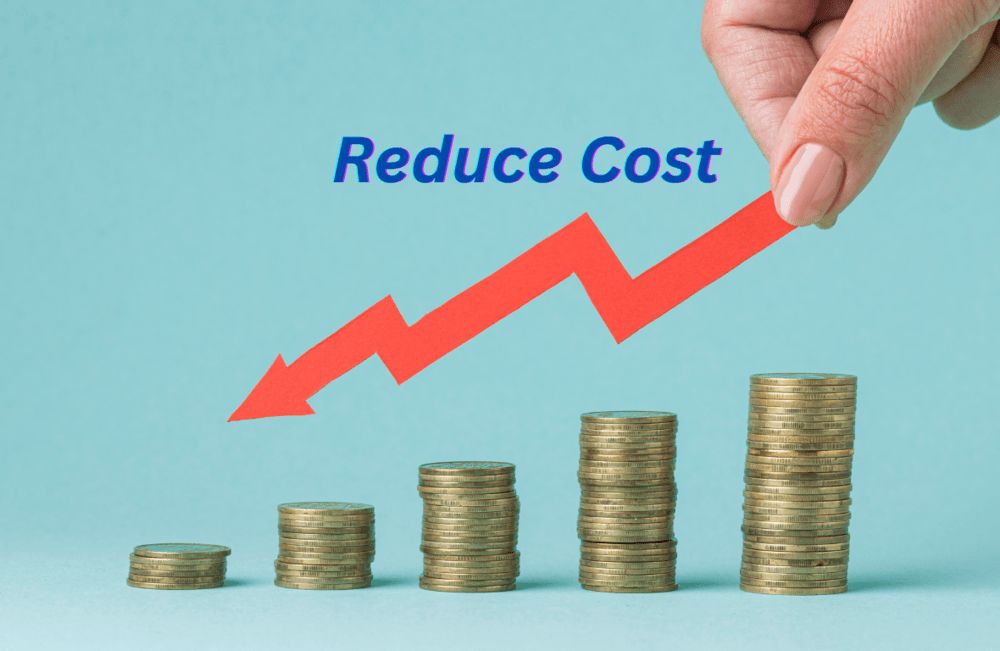
5. **Breaking Down the Real Monthly Cost of a $50,000 Car**
With new car prices hitting an average of $50,080, it’s essential for consumers to understand the true financial commitment this entails on a monthly basis. The sticker price is merely the starting point; the real cost of ownership extends far beyond the principal loan payment. We’ve crunched the numbers to reveal what a $50,000 vehicle truly costs per month.
Consider a vehicle priced at $50,080, financed over 60 months, with a 20% down payment and an interest rate of 7.12%. This rate reflects the current national average for a five-year new-car loan, according to Bankrate. Based on these figures, the estimated monthly payment for the car loan itself would be approximately $796. This is the baseline figure that many consumers focus on.
However, the total monthly outlay climbs significantly when other essential costs are factored in. Americans spend an average of $177 a month on fuel, according to an analysis by Empower. This figure can fluctuate based on driving habits, vehicle fuel efficiency, and gas prices, but it represents a consistent and unavoidable expense for most car owners.
Adding to the financial burden is auto insurance. The national average cost of auto insurance with liability, collision, and comprehensive protection is $242 per month, as reported by Experian. When you combine the loan payment, fuel costs, and insurance premiums, the total monthly cost for a new-car owner averages out to roughly $1,215 a month. This substantial sum highlights the profound impact of today’s car prices on household budgets.
Read more about: Unmasking the Mystery: Why Even a Minor Bumper Scratch Can Cost a Fortune to Fix, Explained by a Body Shop Owner
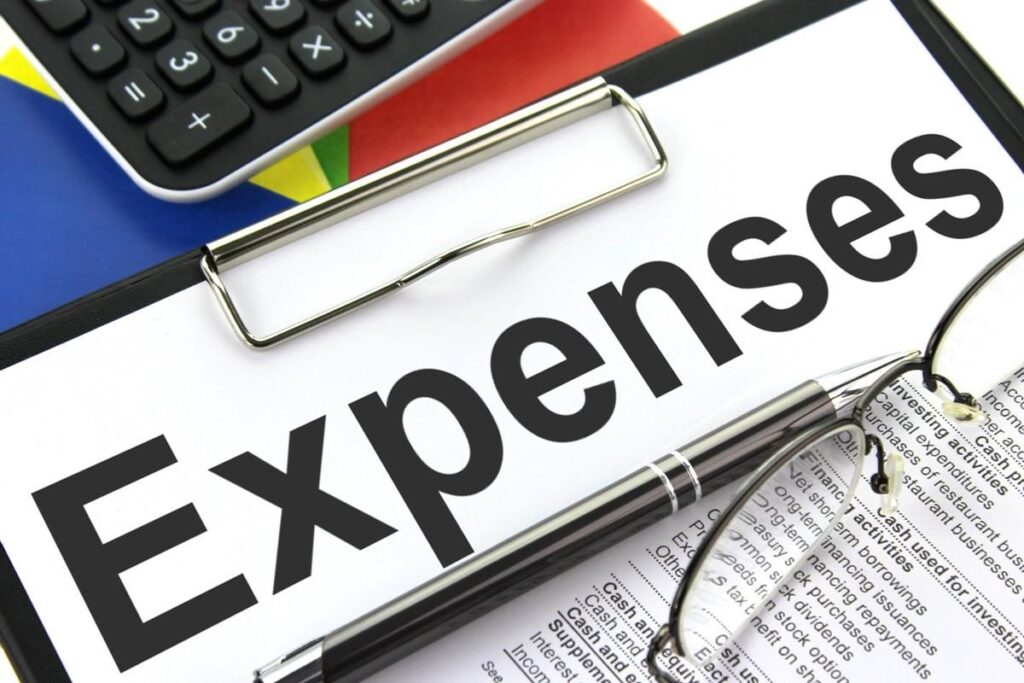
6. **Beyond the Payment: Hidden Annual Ownership Expenses**
While the monthly payment calculation provides a stark picture of immediate costs, prudent car buyers must also consider the additional, often overlooked, annual expenses associated with vehicle ownership. These ongoing costs contribute to the true long-term financial commitment and can significantly impact a household’s budget, extending beyond the loan, fuel, and insurance.
One major annual expense is maintenance and repairs. ConsumerAffairs estimates that Americans spend about $900 a year on average across all vehicle types in the U.S. This figure can vary widely depending on the vehicle’s make, model, age, and individual driving habits, but it’s a critical budget item that should never be ignored. Regular maintenance is key to prolonging vehicle life and avoiding more costly breakdowns.
Another recurring annual cost comes in the form of registration fees. According to Insurify, the average annual cost for vehicle registration in the U.S. is roughly $75. It is important to note, however, that this average varies considerably by state, with some regions imposing significantly higher fees. These mandatory fees are a necessary component of legal vehicle ownership and must be accounted for.
When you sum these annual costs – maintenance, repairs, and registration fees – they add hundreds of dollars to the yearly expense of owning a new car. While they might not be paid monthly, budgeting for them is crucial to avoid unexpected financial strain. These hidden expenses underscore that the true cost of getting behind the wheel of a new $50,000 vehicle is far more than just the sticker price or the monthly loan payment.
Continuing our in-depth analysis of today’s automotive market, it becomes clear that navigating current conditions requires more than just understanding the sticker price. The implications of rising costs extend deeply into consumer financing, revealing trends like increasing negative equity and the normalization of high monthly payments and extended loan terms. This section will delve into these critical financial aspects and, crucially, offer practical, consumer-focused strategies to help you make informed decisions in this challenging environment.
Read more about: The Hidden Cost: These 14 Family Vacation Timeshares Become Costly Money Pits Once They Hit Maintenance Bills.
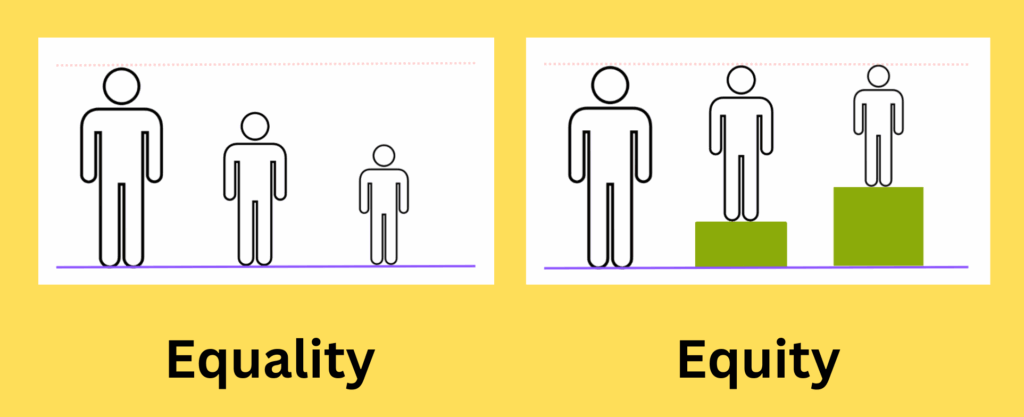
7. **The Alarming Rise of Negative Equity**
Car debt has reached unprecedented levels, and a growing number of vehicle owners find themselves in a precarious financial position: owing more on their cars than the vehicles are actually worth. This phenomenon, known as negative equity, creates a significant hurdle for consumers looking to trade in or sell their current vehicles. New data confirms this alarming trend, painting a stark picture of the challenges many face.
More than one in four new vehicle owners now owe more on their cars than their market value. What’s even more concerning is the sheer volume of debt they carry, with many holding over $10,000 in negative equity, according to a press release from Edmunds, an online car buying resource. This isn’t just a minor shortfall; it represents a substantial financial burden that can trap owners in a cycle of debt.
During the third quarter, a significant 28.1 percent of all trade-ins applied toward a new-vehicle purchase were underwater. The average amount owed on these “upside-down loans” reached $6,905 in Q3, a notable increase from $6,458 in the same quarter last year. Breaking this down further, Edmunds reports that 24.7 percent of these drivers owed more than $10,000, with a staggering 8.3 percent carrying over $15,000 in negative equity.
Ivan Drury, Edmunds’ director of insights, attributes much of this trend to “shoppers trading out of vehicles too quickly, or carrying loans taken out during the pandemic car market frenzy, when prices were at record highs.” These past choices are now catching up, making it considerably harder to purchase another vehicle without adding even more debt. Understanding the rapid depreciation of new cars—around 20% in the first year and 15% each subsequent year, according to Carfax—is essential to avoid falling into this trap.
Read more about: The Unseen Battle: How a Mispronounced Name Ignited a Confrontation Over Identity and Authority in Education

8. **The Prevalence of $1,000+ Monthly Payments**
As vehicle prices climb, so do the monthly payments that consumers are committing to. What was once considered an exceptionally high car payment is now becoming a stark reality for a significant portion of buyers. Data highlights a worrying trend where four-figure monthly car payments are no longer exclusive to the ultra-luxury segment but are becoming increasingly common across the board.
The share of borrowers with monthly payments of $1,000 or more reached 19.1 percent in the third quarter of this year. While this was a slight dip from the record of 19.3 percent in the previous quarter, it remains an alarmingly high figure. This means nearly one in five new car buyers are committing a substantial portion of their monthly budget to their vehicle.
Even more surprisingly, this trend isn’t confined to new car purchases. For used vehicles, a monthly payment of $1,000 or more hit a record high of 6.1 percent, up from 5.6 percent in the preceding period. This indicates that even the pre-owned market is becoming less accessible for many, with substantial financial commitments now required for a used car.
Experian reports that the average monthly car payment overall is $749. However, for buyers trading in a vehicle with existing debt, the situation is even more challenging. Edmunds analysts found that these buyers faced an average monthly payment of $907 in the third quarter, which is $140 higher than the industry average of $767 per month. This difference underscores how negative equity exacerbates the burden of high monthly costs.
Read more about: Your Ultimate Guide to Navigating the Used Car Market: Avoid Rip-Offs and Drive Away with Confidence

9. **The Trend of Extended Loan Terms**
To manage the soaring prices and elevated monthly payments, many consumers are opting for longer loan terms, stretching out payments over an extended period. While this can make monthly installments seem more manageable, it often comes with significant long-term financial implications, including higher overall interest paid and an increased likelihood of being “underwater” on the loan.
Edmunds reported that loan terms of 84 months or longer accounted for 22 percent of financed new-car purchases in the third quarter. This means that a substantial portion of buyers are committing to car payments for seven years or even more. The increasing normalization of such long loan durations is a testament to the pressure buyers face in today’s market.
Ivan Drury, Edmunds’s director of insights, observed, “The idea of always having a car payment is actually becoming so normalized.” This sentiment reflects a shift in consumer behavior where continuous vehicle debt is seen as an unavoidable part of car ownership rather than a temporary financial commitment. Such extended terms can prevent buyers from ever experiencing a period without a car payment.
Furthermore, consumers are borrowing more than ever before. The average amount borrowed for the third quarter stood at $42,647, an increase from $42,388 in the previous quarter and $40,713 year-over-year. Drury raised a critical question about this trend: “People are borrowing more and more, but how sustainable is this?” This escalating debt, combined with longer repayment periods, poses a significant risk to personal financial health.
Read more about: Parking Lot Purgatory: 14 Vehicles Owners Deeply Regret After Years of Ownership

10. **Navigating the Market: The Case for Used Cars**
In light of record-high new car prices and their associated financial burdens, many price-conscious consumers are wisely turning their attention to the used car market. This segment offers a viable alternative for those seeking more affordable options, demonstrating a growing resistance to the unprecedented costs of brand-new vehicles. The shift towards pre-owned vehicles is a direct response to the current market dynamics.
Erin Keating, an executive analyst for Cox Automotive, highlighted this trend, noting that “many price-conscious buyers are choosing to stay on the sidelines or cruising in the used-vehicle market.” This indicates that while the overall market may be propped up by wealthier households, a significant segment of buyers is actively seeking value elsewhere, refusing to accept the elevated prices of new models.
Historically, the advice to “Don’t buy someone else’s problem” often deterred buyers from the used market. However, modern manufacturing and advancements mean that “recently built late-model cars are better,” as Ivan Drury of Edmunds points out. This improved reliability makes used cars a much more appealing and less risky proposition than in decades past, especially if your finances are tight.
For consumers considering this path, reputable resources like Kelley Blue Book and Edmunds provide invaluable tools. These platforms offer comprehensive reviews, transparent pricing guides, and expert advice specifically tailored to purchasing a reliable used car. Leveraging these resources can empower buyers to make informed decisions and secure a quality vehicle without the sticker shock of a new model.
Read more about: Wheels of Misfortune: 14 SUVs Buyers Wish They Had Walked Away From Before the Test Drive

11. **Smarter Financing: Prioritizing Budget and Reducing Debt**
For consumers facing the challenge of high car prices and accumulating debt, adopting smarter financing practices is paramount. Rather than simply accepting the status quo, proactive steps can be taken to minimize debt and ensure that any vehicle purchase aligns with a sustainable budget. This involves critical evaluation of existing loans and careful planning for future acquisitions.
Edmunds offers practical advice for those grappling with negative equity, suggesting that canceling “add-on products like extended warranties, service contracts and wheel-and-tire protection before returning a vehicle” can improve its payoff-to-value ratio. This simple action can reduce the amount owed on a car before a trade-in, making the financial transition smoother and less burdensome.
Joseph Yoon, Edmunds’ consumer insights analyst, emphasizes a crucial perspective: “For many car owners, there’s no quick fix for being underwater. It’s about minimizing how much deeper you go.” This candid assessment encourages consumers to focus on harm reduction and strategic choices, rather than hoping for a sudden market correction that might absolve their debt.
When considering a new purchase, Yoon advises, “If you can, wait until you’ve paid down more of your balance before trading in. But if you do need to replace your car, make sure your next purchase fits your budget, not just your needs.” This forward-thinking approach can prevent a short-term decision from escalating into a long-term financial setback, allowing buyers to regain control over their automotive expenses.
Another critical aspect of smarter financing involves down payments. Edmunds reported that the average down payment for new-car purchases dropped to $6,020, its lowest level since the last quarter in 2021. While a smaller down payment might seem attractive initially, a more substantial upfront investment can significantly reduce the amount financed, thereby lowering monthly payments, reducing interest paid over the life of the loan, and mitigating the risk of negative equity.
Read more about: Navigating Your Finances: A NerdWallet Guide to Understanding, Managing, and Conquering Debt

12. **Long-Term Strategy: Keeping Your Vehicle Longer**
Perhaps one of the most effective, yet often overlooked, strategies for breaking the cycle of continuous car debt is simply to keep your vehicle for a longer period. This approach shifts the focus from frequent upgrades to maximizing the value and lifespan of your current investment, ultimately leading to significant financial savings and stability.
Ivan Drury of Edmunds suggests a clear strategy: “Keep your vehicle until it is paid off, following the recommended maintenance schedules. Then take the payments you were making and save that money.” If you consistently follow this practice, continuing to “pay” yourself the car payment even after the loan is clear, you could accumulate enough funds to purchase your next vehicle with cash, entirely avoiding future interest payments and loan commitments.
While almost 45 percent of all new-vehicle sales from traditional dealerships in the third quarter involved a trade-in, a deeper financial analysis often favors retention. Many consumers weigh the cost of repairing an older car against its market value. However, considering the escalating prices for both new and used cars, along with rising taxes and increasing auto insurance costs for newer models, the financial calculus frequently leans towards maintaining your current vehicle.
Trading up too frequently can easily lead to accumulating more debt and falling into negative equity. As car prices continue their upward trajectory, more car owners are making the wiser choice to hold onto their vehicles. Opting to repair rather than replace not only saves money on depreciation and financing but also contributes to a more sustainable personal financial future, making prudent maintenance a valuable investment.
Read more about: Beyond the Battery: 12 Smart Ways to Slash Your Car’s Emissions (No EV Needed!)
As we’ve explored, the automotive market is navigating uncharted territory, with prices and associated costs presenting unprecedented challenges for consumers. However, by understanding these dynamics—from the rise of negative equity to the prevalence of extended loan terms—and by implementing strategic, consumer-centric approaches such as exploring the used car market, prioritizing budget-conscious financing, and committing to longer vehicle ownership, buyers can still make intelligent, financially sound decisions. The new normal for car buying demands a new level of consumer savvy, ensuring that you drive away with not just a vehicle, but also peace of mind about your financial well-being.


